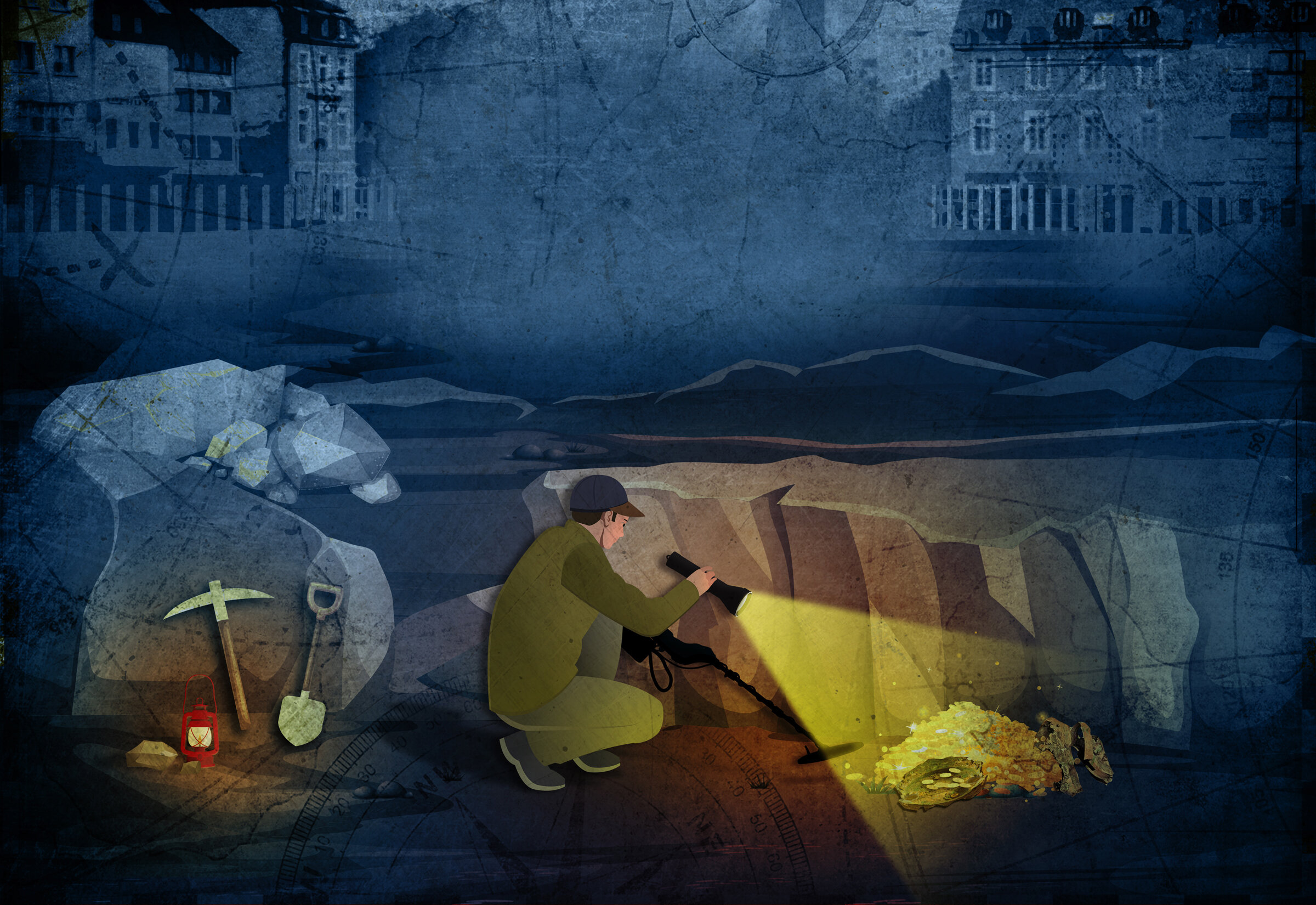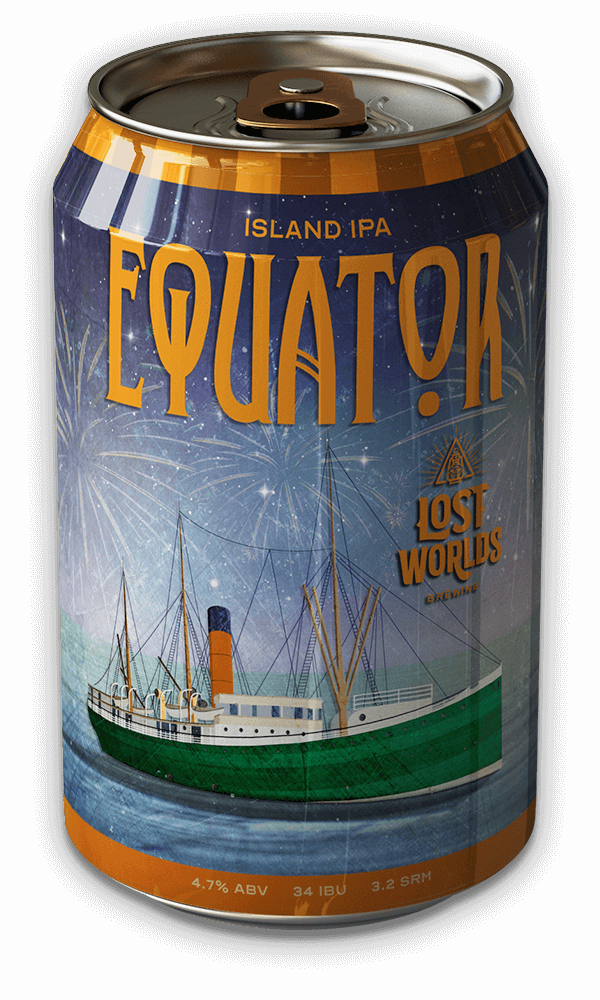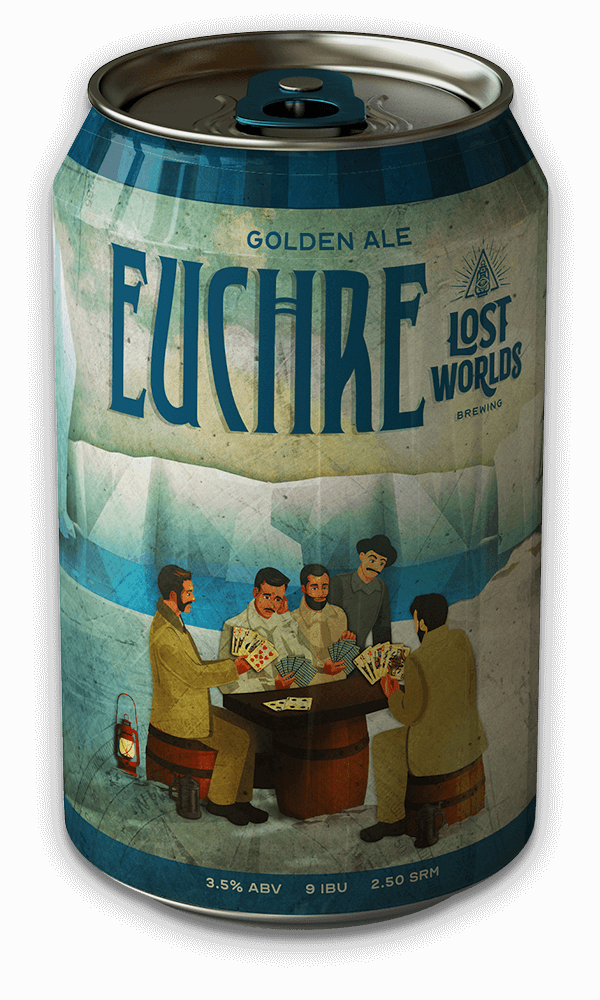
Trier Berliner Weisse
The Journey
While excavating for an underground parking garage, a bronze cauldron was slashed open and gold coins spilled into the earth. Initially unnoticed, a part of the cauldron and a number of coins were transported to the dump site. Upon discovery, a throng of treasure hunters descended upon the dump site. Later that night, an amateur archaeologist went back to the site and using a metal detector uncovered the hoard of gold coins which eventually tabulated to 2516 coins. The coins are believed to have been buried in 167 AD probably because of the Antoine Plague. The Antonine Plague of 165 to 180 AD was a pandemic launched by Roman Troops returning from campaigns in the Near East.
Believed to be either measles or smallpox, the plague had a mortality rate of 25% and is said to have claimed the life of Lucius Verus who was co-regent of Marcus Aurelius Antoninus whose family name, Antoninus, became associated with the epidemic. While the coins were likely buried during this period, the hoard was unearthed and reburied probably around 196 AD. The hoard contains coins minted from as early as 63 AD during the reign of Nero and others from as late as 196 AD. Over 40 Roman emperors and their relatives are depicted on the coins.
5
3.5%
Liberty
2.0
Your Discovery
The Berliner Weiss traces its roots back to the Thirty Years war, the ensuing plague, and the admittance of the Huguenots into Berlin. They brought with them a light wheat beer brewed with pilsner malt. In 1806, French troops under Napoleon occupied Berlin. They developed such a fondness for the Berliner Weisse that they dubbed it the “Champaign of the North.” With its refreshing taste, Trier is the beer for finding pleasure in unexpected places. It calls to ad hoc meeting between friends that results in that crazed idea to climb Mount Kilimanjaro. It’s that quick drink amidst a time starved work project that prompts you to buy a new car. Stretch it to two to double your pleasure – you only live once!







